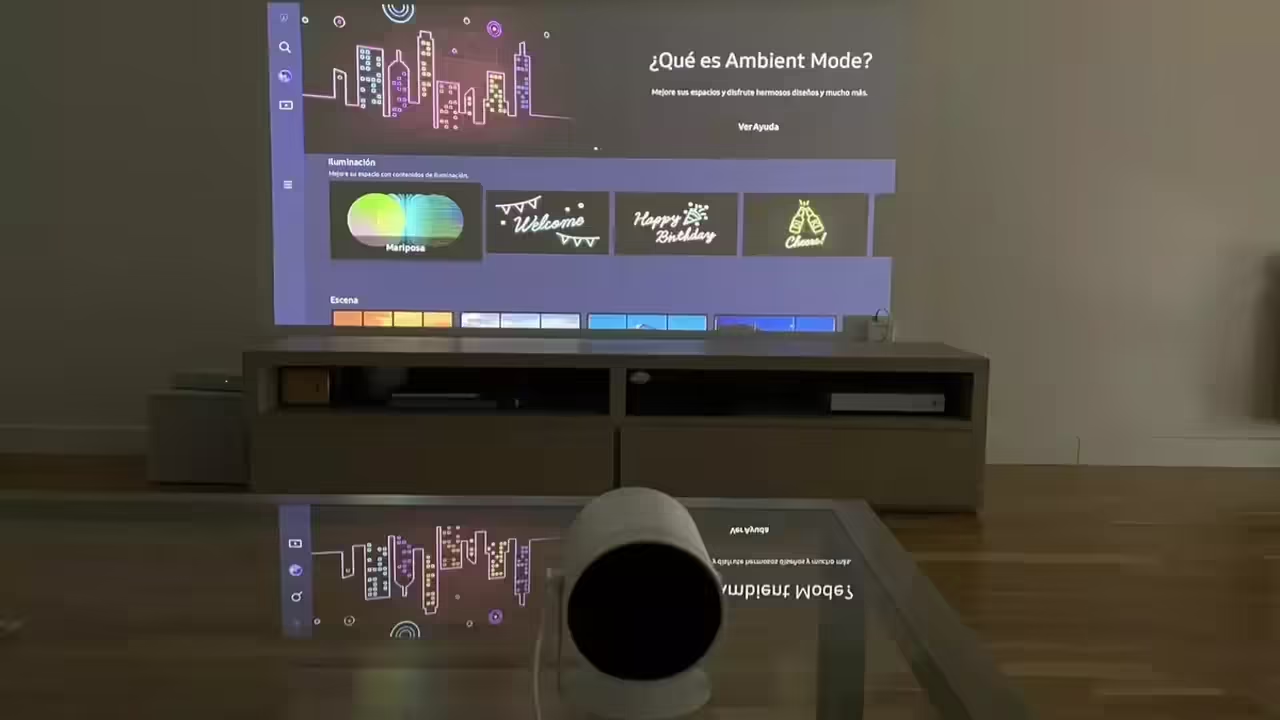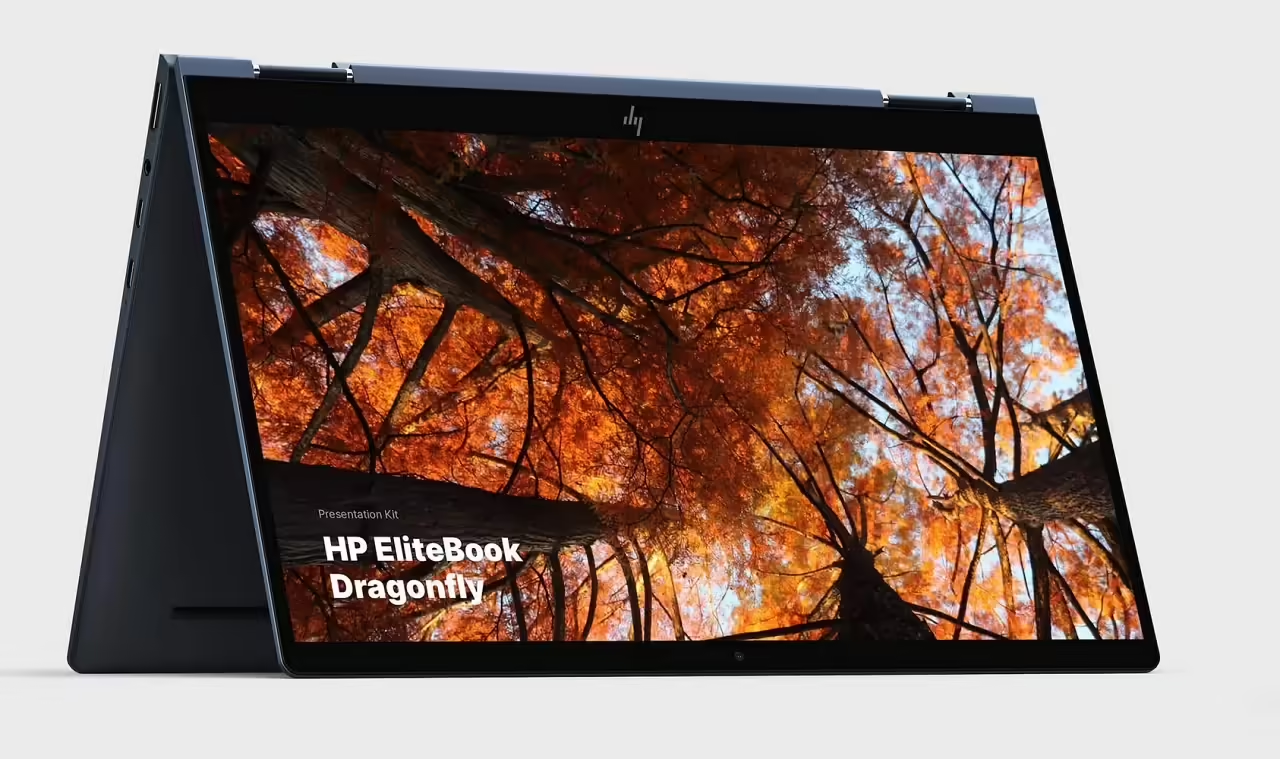
Imagine being able to carry a television in your pocket and project it on any wall. That’s exactly what the latest technology in portable TVs offers. These televisions are small enough to fit in the palm of your hand and have the ability to project an image onto any flat surface, including walls and ceilings.
These portable TVs are equipped with LED technology and rechargeable batteries, making them extremely convenient to take anywhere. Also, some models have built-in speakers and input ports for external devices like DVD players or game consoles.
Although these portable TVs are relatively new to the market, they are rapidly gaining popularity due to their portability and convenience. They are perfect for those who travel frequently and want access to their favorite TV shows without lugging around a bulky TV.
Another benefit of these portable TVs is that they can be used to watch movies outdoors or have a home theater experience in any room in the house. You no longer need to have a big, bulky TV to enjoy a high-quality viewing experience.
Although LED technology has been the foundation of most portable TVs to date, the advent of laser display technology is changing the game in this industry. Portable pocket TVs equipped with laser technology have several advantages over traditional LED models.
First of all, laser display technology offers picture quality that is superior to that of LED TVs. Laser TVs can produce sharper, more detailed images, with more accurate colors and higher contrast. Additionally, laser technology has the ability to display a wider color gamut than LED technology, which means colors appear more vibrant and realistic.
Another advantage of laser technology is that it is more durable than LED technology. Laser TVs can have a much longer lifespan than LED TVs, which means they are a more profitable investment in the long run.
As for pocket-sized portable TVs equipped with laser technology, their small size and portability make them even more convenient and versatile than their LED counterparts. These televisions can project high-quality images onto any flat surface, and some models have rechargeable batteries that last for several hours.
The arrival of the laser television screen
It is important to understand how laser television display technology works. Unlike LED and OLED screens that use light-emitting diodes to create the image, the laser television screen uses laser beams to generate the image. These laser beams are projected through a set of moving mirrors to create the image on the screen. This allows laser display technology to offer a wider color gamut, higher brightness and contrast, and greater durability than other display technologies.
So what does all this mean for the television industry? First of all, the advent of laser display technology is a step towards the continued evolution of television display technology. TV manufacturers are constantly looking for ways to improve picture quality and the viewing experience for consumers, and laser display technology is a significant advance in that regard.
Second, laser display technology has the potential to change the way consumers watch television at home. With a wider color gamut, higher brightness and contrast, and greater durability, laser display TVs offer a more immersive and satisfying viewing experience. This could make consumers more inclined to upgrade their TVs to laser display models in the future.
However, there are some limitations that must be taken into account. First, laser screen TVs are currently more expensive than LED and OLED screen models, which means they are not affordable for all consumers. Also, laser display technology is still in the early stages of adoption and is not available on as many TV models and sizes as LED and OLED display technologies.
Is the laser television screen a technology superior to LED and OLED screens?
In terms of picture quality, laser display TVs can produce a wider range of colors, higher brightness and contrast, and deeper blacks than LED and OLED TVs. This is because laser beams are capable of producing brighter, more precise light than the light-emitting diodes used in LED and OLED displays. Also, laser screen TVs have a better ability to handle motion blur, making them ideal for watching live sports and action movies.
However, laser screen TVs also have some limitations. For example, they may have a limited viewing angle, which means that image quality may decrease if the viewer is sitting at an angle rather than directly in front of the TV. Also, laser display TVs can have glare issues, which means picture quality can be affected by ambient light in the room.
In terms of price, laser screen TVs are typically more expensive than LED and OLED TVs, although this may change over time as the technology becomes more common.
The Laser TV Display: A New Level of Brightness and Contrast for an Enhanced Viewing Experience?
Laser television display technology is becoming an increasingly popular option for those looking for an enhanced viewing experience in their home. With enhanced picture quality, the laser TV display offers a new level of brightness and contrast for an unmatched viewing experience.
One of the main advantages of the laser television screen is its ability to produce brighter and more precise light than LED and OLED screens. This is because the laser beams used in laser display technology are capable of producing brighter, more precise light than the light-emitting diodes used in LED and OLED displays. This translates to sharper image quality and a better overall viewing experience.
In addition, the laser television display offers a greater color gamut, allowing for more accurate and vibrant color reproduction. Laser display TVs can produce a wider color gamut than LED and OLED screens, which means colors are more accurate and vibrant. This is particularly important for those who enjoy movies and TV shows with intense visual effects and vibrant colors.
Another important advantage of the laser television display is its ability to produce deeper blacks and higher contrast. Laser display TVs have a unique ability to produce deeper blacks than LED and OLED screens. This is because laser beams can completely shut out light in dark areas of the image, resulting in deeper blacks and higher contrast.
The arrival of the laser television screen: what brands and models are available to consumers?
One of the leading brands in laser screen TVs is Hisense. The company has released a series of laser screen TVs under its L5 and L7 line. The L5 model has a 4K resolution, a wide color gamut and excellent image quality. The L7 model is even more impressive, with 8K resolution and the ability to project an image up to 100 inches. These Hisense laser screen TVs also come with a variety of additional features, such as support for HDR10 and HLG, and the Android TV operating system.
Another leading brand in laser screen TVs is LG. The company has launched a laser display model called the LG HU85LS that offers 4K resolution and the ability to project an image up to 120 inches. This laser screen TV also has support for HDR10 and HLG, and has a wide color gamut. In addition, the LG HU85LS has an automatic keystone correction function that allows for easy setup and a perfectly focused image.
The Asian brand VAVA has also launched a line of laser screen TVs, including the VAVA VA-LT002 model. This laser screen TV has a 4K resolution and the ability to project an image of up to 150 inches. It also has a wide color gamut and support for HDR10. Additionally, the VAVA VA-LT002 comes with built-in speakers and a variety of ports for external devices.
Other brands that offer laser display TVs include Sony, Epson, and Optoma. Each of these manufacturers has its own focus on laser display technology and offers a wide variety of models and prices to consumers.
How does the laser television screen adapt to different types of content and applications?
The laser television screen can be used for any type of content, be it movies, TV shows, sports or video games. Laser display technology enables more accurate color reproduction, which means users can enjoy a sharper, more lifelike image regardless of the content they’re viewing.
In terms of applications, the laser TV screen adapts well to different environments and situations. For example, in a home theater environment, the laser television screen is an attractive option for those seeking a high-quality viewing experience on a large screen. The laser TV display’s ability to project images onto a large screen without losing image quality is a huge plus for users looking for a true home theater experience.
In a business setting, the laser television display is a popular choice for presentations and meetings due to its ability to produce crisp, clear images on a large screen. Laser display technology is also resistant to the effects of ambient glare, meaning users can enjoy a glare- and reflection-free viewing experience.
The sound of portable pocket TVs that are projected on the wall with laser technology may vary depending on the model and brand of the device. Some portable pocket TVs may have built-in speakers that provide decent sound for a small environment, while others may require external speakers for better sound.
It’s important to note that pocket portable TVs are designed to be compact and portable devices, so their size can limit the sound quality they can produce. However, some manufacturers offer accessories such as external speakers or headphones that can enhance the audio experience.
There are a number of ways that the sound from portable pocket TVs projecting onto the wall with laser technology could be improved in the future:
Upgrading built-in speakers: Manufacturers can invest in upgrading the built-in speakers in pocket-sized portable TVs to produce clearer, crisper sound.
Incorporation of high-quality sound technology: Manufacturers can integrate high-quality sound technologies into pocket-sized portable TVs, such as Dolby Atmos or DTS:X, to provide a more immersive and realistic sound experience.
Using External Accessories: Users can choose to use external speakers or headphones to improve the sound quality of their pocket-sized portable TVs.
Development of new sound technologies: New sound technologies are being developed, such as haptic sound, which could be integrated into pocket-sized portable TVs in the future and provide an even more immersive sound experience.







